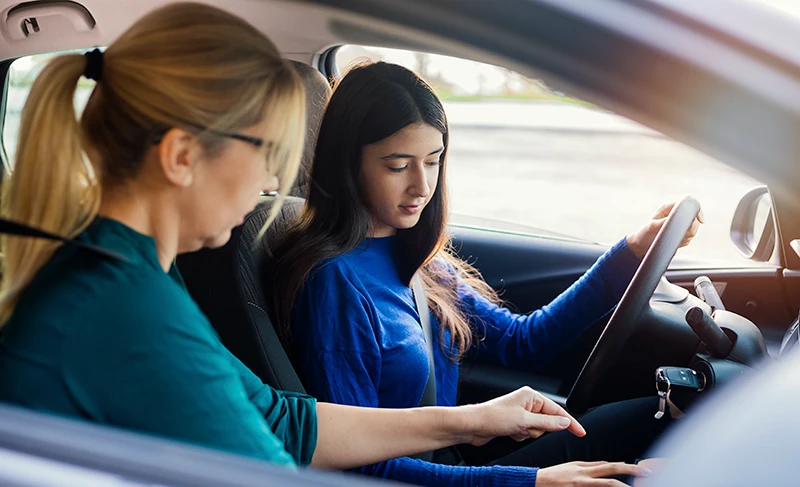A milestone in any American’s life, getting a permit and driver’s license is an exciting if daunting endeavor. With 2,000-3,000 teenage drivers dying in a car accident per year, car crashes are the number one killer for teenagers. Therefore each state requires different steps to create safe and well-prepared drivers.
These steps can seem daunting and intimidating to students (or parents!) like you seeking a learner’s permit or provisional license. That’s where we come in to help. Let’s break down how to get a Texas Driver’s License.
All students hoping to get a Texas driver’s license should read the Texas Driver Handbook.
Students between 14 and 18
Getting your Texas learner’s permit
In order to obtain your Texas permit, also known as a learner’s license, you have the following options:
- Take an approved driver’s training school (a traditional classroom course)
- Take a public school driver education course (offered, obviously, through a public school)
- Take a parent-taught driver education course (PTDE)
No matter the method you choose, the following qualifications must be met:
- To start driver’s ed, you must be at least 14 years old (though you cannot get a Texas permit until you are 15)
- The course must be a minimum of 32 hours, though some traditional courses may take longer
- You cannot complete the course in less than 16 days
- The course must be approved by the Texas Department of Licensing and Registration (TDLR)
After you complete this course, you have to take a permit test. Some Texas driver education courses will offer the permit test as part of the course, as our 100% online Parent-Taught Driver Education Course does. In fact, our course allows you to take your permit exam after completing the first module. Other courses will require you to complete the entire 32-hour course before letting you take the permit exam.
If your course does not provide a permit exam, your next step is to take and pass the exam at a local Texas Department of Public Safety (DPS).
If your course provides the permit exam or you passed the permit exam at a local Texas DPS, then you must bring the following items to your local DPS:
- A certificate stating you passed the knowledge exam
- Proof of identification
- Proof of Social Security number
- Proof of US Citizenship
- Proof of Texas Residency
- A Verification of Enrollment
- Now you can begin your behind-the-wheel training!


